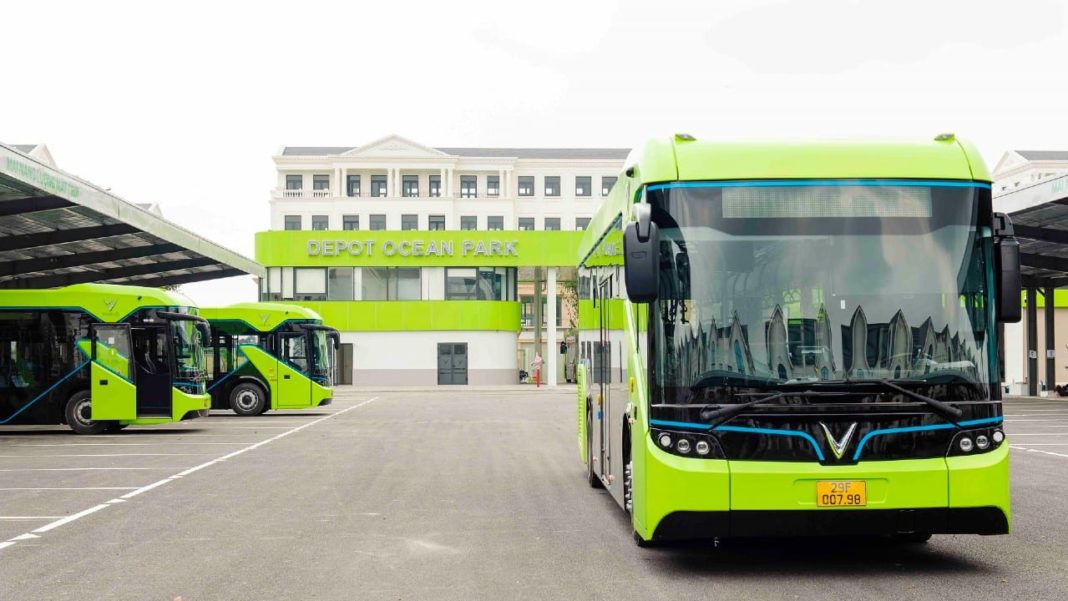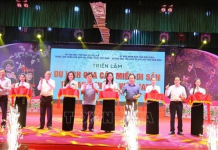
Vinfast has just put into operation the first electric bus route in Ho Chi Minh City. Photo: Minh Hoang.
Regarding the roadmap for green energy transformation in the period 2022-2030, the road target is to promote the production, assembly, import and use of electric motorized road vehicles; expand mixing, use 100% E5 gasoline for road motor vehicles.
In addition, the development of charging infrastructure to meet the needs of people and businesses; encourage new and existing bus stations and rest stops to be converted to green criteria.
For railways, the strategy sets out the goal of piloting the use of electric and green energy railway vehicles on existing railway lines.
For inland waterways, the strategy encourages investment in building, importing, and converting inland waterway vehicles using fossil fuels to using electricity and green energy.
Along with that is to research and develop criteria for green ports and green transport routes as a basis for formulating mechanisms and policies to encourage new investment in green inland waterway ports; pilot application at some inland waterway ports; research and turn a number of waterways into green transport routes.
For urban transport, the strategy sets a target that from 2025, 100% of buses will replace and invest in new electricity and green energy. The rate of public passenger transport in Hanoi reaches 45-50%, Ho Chi Minh City reaches 25%, Da Nang reaches 25-35%, Can Tho reaches 20%, Hai Phong achieves 10-15%, grade 1 cities reach at least 5%.
By 2030, the rate of vehicles using electricity and green energy will reach at least 50%; 100% replacement taxi, new investment using electricity, green energy.
By 2050, 100% of buses and taxis will use electricity and green energy. The share of public passenger transport in special cities and grade 1 cities will reach at least 40% and 10%, respectively.
@ Saigon Tiep Thi




